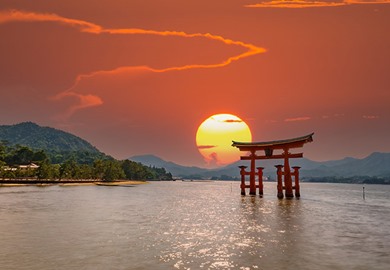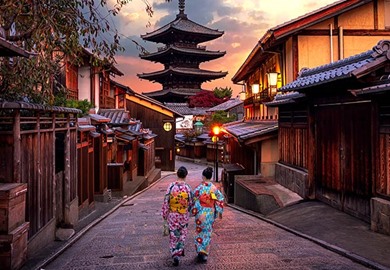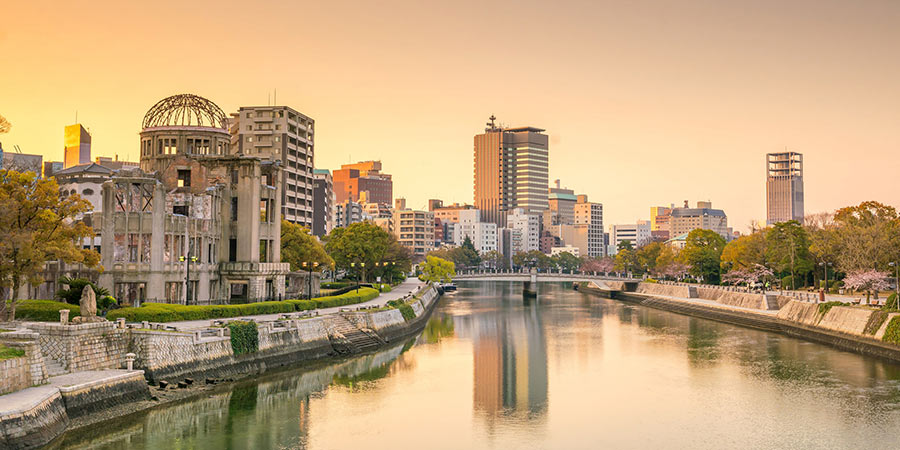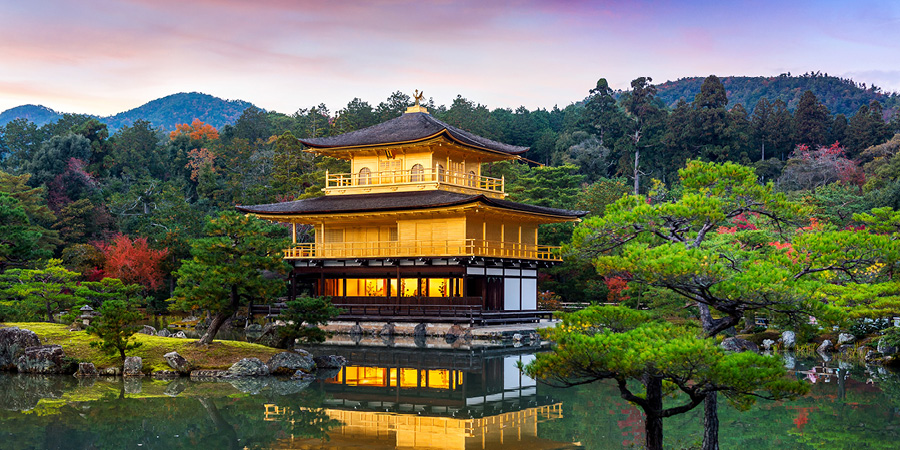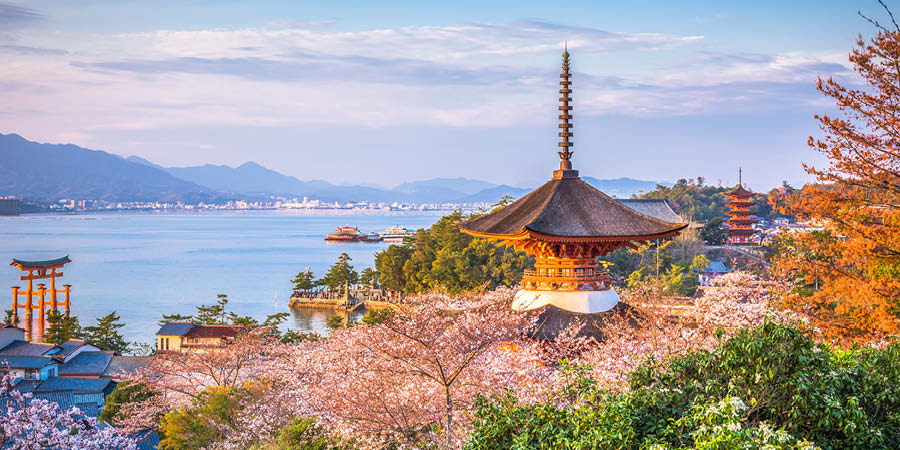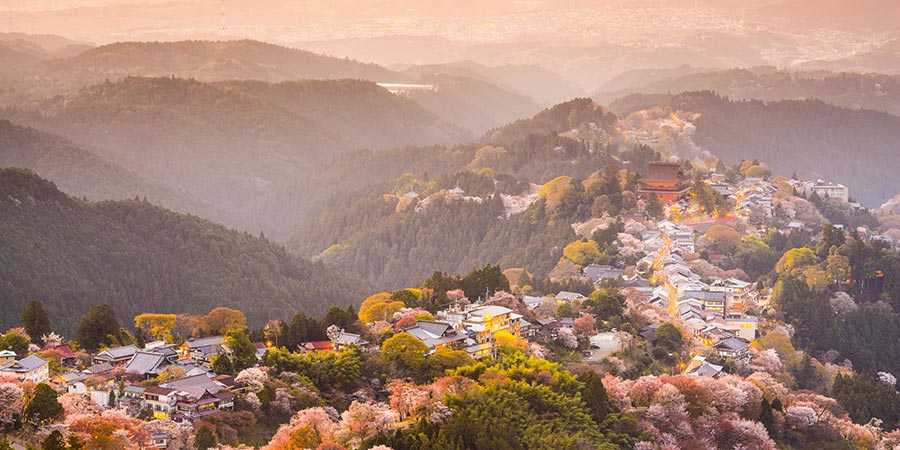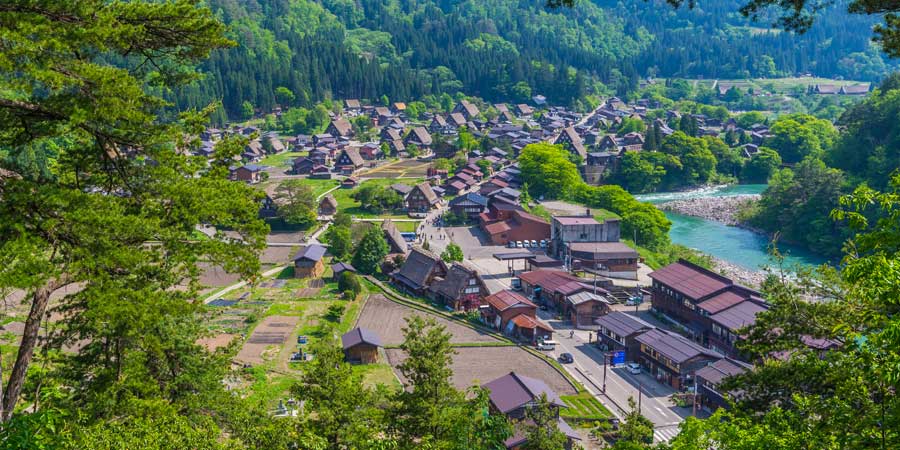Discover Hakone National Park Holidays
Hakone National Park (or, to give it its full name, 'Fuji-Hakone-Izu National Park) was established as a protected space in 1936. Although the park covers a large area collectively, it is not all connected - more that the conservation efforts are dispersed tourist sites throughout the region. The largest attraction in both size and popularity is Mount Fuji, Japan's largest mountain at 12,389 feet (3,776 metres) tall.
The mighty snow-covered peak of Mount Fuji has become an iconic symbol of the country, and is depicted on many of its postcards and souvenirs. Even though the mountain is about 60 miles (97 kilometres) from Tokyo, on a clear day it can be seen in the city's skyline. It is believed that the first ascent was made by a monk in 663 AD, and the first ascent by a non-Japanese person was made in 1860. Close to the mountain is the immense Lake Ashi, a huge crater lake that was created by Fuji's last eruption. At 2,400 feet (732 metres) above sea level, the lake offers great views over the surrounding scenery.



